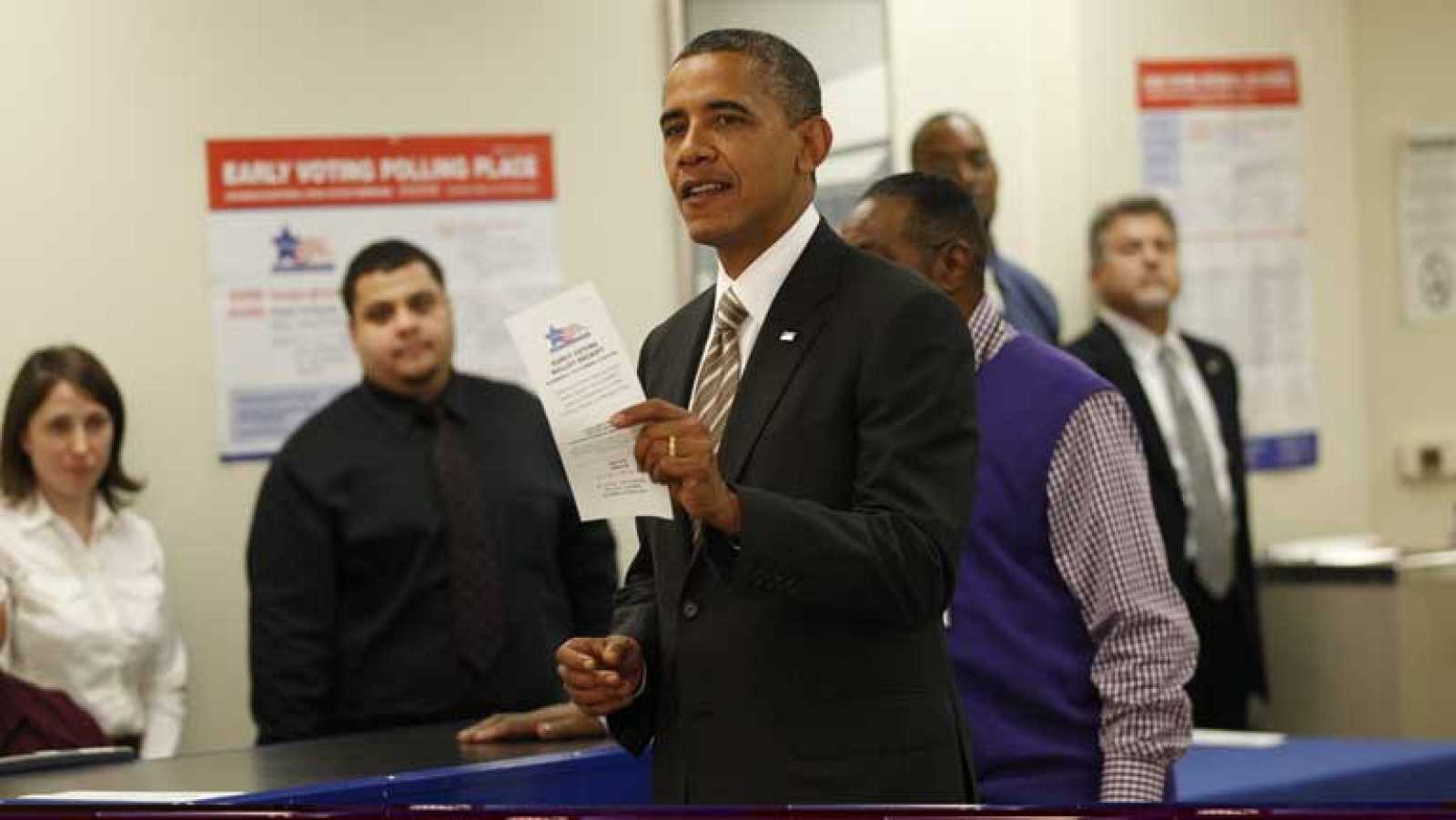In an occasion not unfamiliar to your average twenty-something, I received an email the other day (prior, I should note, to the Ohio, Texas, Rhode Island and Vermont Democratic primaries) with the following: a pithy subject line and a link to a YouTube video. I clicked on the link and found this: a homegrown Latino rock band that had cleverly reworked Ritchie Valens’ timeless “La Bamba” (itself a reworking of a timeless Mexican folk song) into three verses of Spanglish support for Democratic presidential candidate Barack Obama. I enjoyed the video and promptly repackaged the link into my own pithily titled email, which I sent to some friends. I got an immediate response back from a friend who argued that, based on this video, Obama’s win in Texas was inevitable.
I hadn’t thought of the video in those terms (ie, that it was evidence that the grassroots Latino movement had finally embraced Obama’s candidacy). Neither, it seems, did Texas’ Latino voters, who overwhelmingly broke for Hillary Clinton last Tuesday. So what happened?
According to Democratic strategists, Hillary’s efforts to reach out to working class voters in rural Texas – a voting bloc of which Hispanics make up a significant part – paid off. This is part of her larger trend of success among working class voters (she won 65 percent of voters in Ohio with no more than a high school diploma, compared to Obama’s 33 percent). Does this mean that she appealed to the working class in Texas and it happened to be largely Hispanic, or was there something specific that she did to appeal to Latino identity politics?
Clinton’s association with her husband, while harmful at times in her campaign, is viewed favorably by Latino voters – he had appointed several Latinos to high positions in his administration, including Bill Richardson to be the Ambassador to the United Nations, and he is remembered for improving the economy during his time in office.
Latina women, in particular, expressed an affinity for Hillary Clinton in Texas. According to one Dallas Morning News article, they expressed admiration for her personal strength and reputation as a fighter. Another possible reason for her success was the style of campaigning she adopted in Texas, holding many smaller gatherings in places like parks and schools where she was easily accessible to Latino voters. Obama, on the other hand, held many large, visually impressive but largely impersonal rallies that did not give him much of a chance to connect with individual voters.
Looking forward, the next state to hold a primary with a significant Latino population is Pennsylvania, where roughly 4 percent of registered voters, or half a million people, are Latinos. Pennsylvanians vote on April 22. Although a clear picture of voter preferences in this state has yet to emerge, what’s certain is that thousands of Latino voters in this “non-Latino” state will take to the polls. If Barack Obama is going to win, he will need to reach out to these voters and illustrate how his stances on the issues they care about are more important than Hillary Clinton’s long-standing ties to the community. Otherwise, outpourings of grassroots support like the Obama-La Bamba video will be nothing more than a small Internet phenomenon among twenty-somethings like me.

Reply